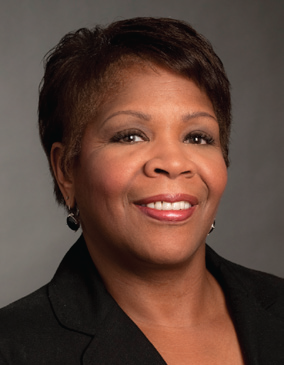By Carolyn Clift, Senior Vice President and Chief Diversity Officer, HCSC
The first stage of diversity in the workplace, civil rights laws, focused on addressing historic discrimination to ensure equal treatment of women and minorities. The second stage, affirmative action, began as a strategy to recruit and hire more minorities in the workplace. The third stage, managing diversity, followed the evolution of equal opportunity and other nondiscrimination laws and regulations that increased workplace diversity. The fourth stage, Diversity and Inclusion (D&I) reflects the continuation of laws and regulations protecting the rights of persons with disabilities; veterans; immigrants; lesbian, gay, bisexual, and transgender persons; as well as shifts in demographics, economic, political, and social realities.
At Health Care Service Corporation, the workplace regulatory compliance department works on matters involving workplace laws and regulations, however, this department functions separately from D&I operations.
Enterprise Diversity and Inclusion Services (EDIS) is a distinct division responsible for fully integrating D&I into our business strategies and how we serve and interact with employees, members, providers, suppliers, and local communities.
D&I has been transformed from the “right thing to do”’ for regulatory compliance to good sound business practice for marketplace success. Developments in D&I practices are now driven by business opportunities—not legal requirements.
Clearly, the changes in human rights laws and regulations support the evolution of D&I in corporate America. HCSC, like many companies, however, no longer relies on legal obligations to design D&I initiatives. The focus on diverse talent recruitment, retention, and development, along with multicultural competencies and other workplace programs, is to leverage business outcomes and marketplace solutions.







